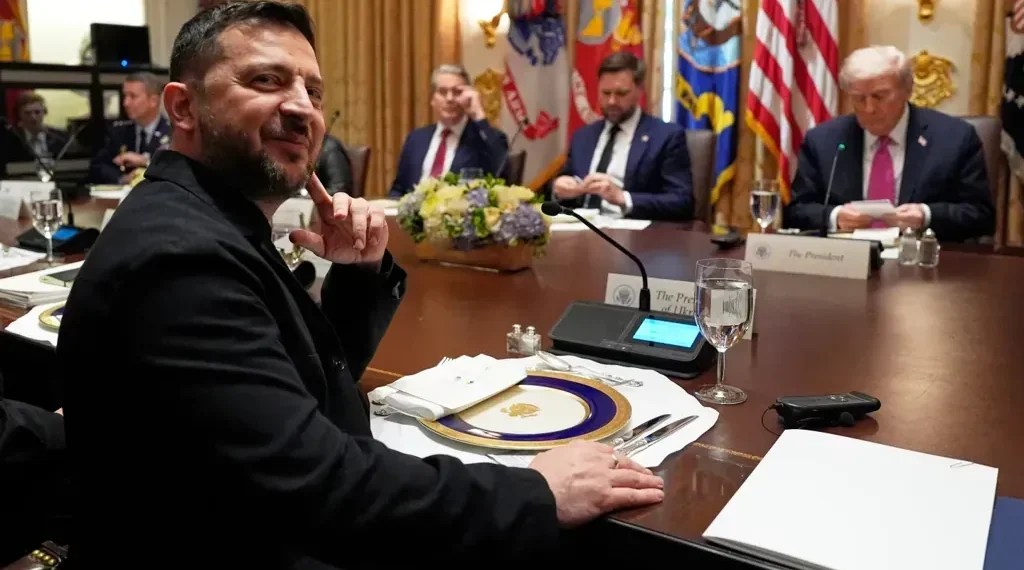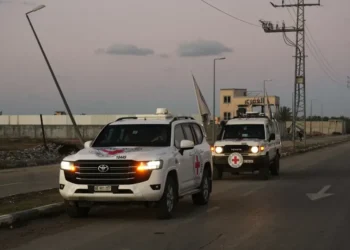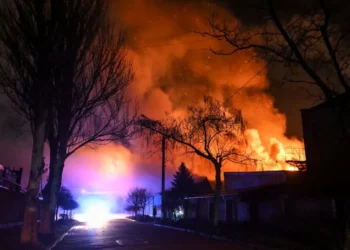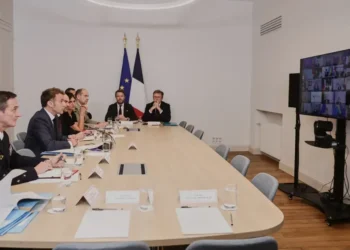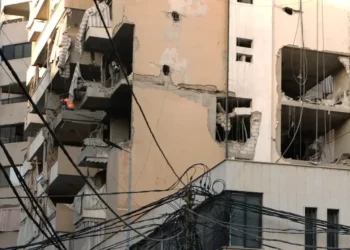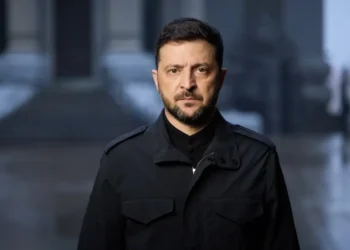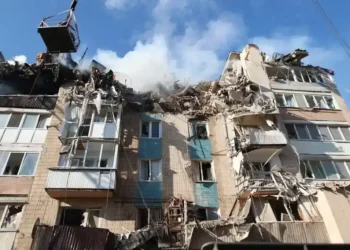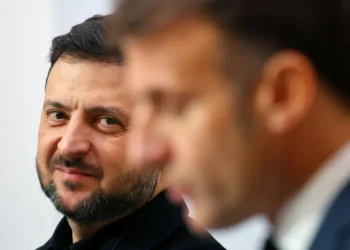Published: October 18, 2025, 21:45 EDT
President Donald Trump has called on Ukraine and Russia to halt their fighting “where they are” and end the war immediately, following an extensive meeting at the White House with Ukrainian President Volodymyr Zelenskyy. The remarks mark a renewed shift in Trump’s position on the nearly four-year conflict and suggest a growing U.S. inclination toward pushing for a negotiated ceasefire rather than continued battlefield support.
Trump Calls for Ceasefire and “Victory on Both Sides”
After more than two hours of talks with Zelenskyy on Friday, Trump wrote on Truth Social that “enough blood has been shed,” urging both sides to “stop where they are” and let “history decide” the outcome of the war. The president later reiterated his stance during a press appearance in Florida, suggesting that territorial lines should remain where the current battlefront stands.
“You go by the battle line wherever it is — otherwise it’s too complicated,” Trump told reporters. “You stop at the battle line and both sides should go home, go to their families, stop the killing, and that should be it.”
The remarks represented another turn in Trump’s evolving position on the conflict. While he has repeatedly expressed frustration over the war’s duration, his tone toward Moscow has fluctuated — at times showing openness to helping Kyiv reclaim lost territory, and at others hinting that Ukraine might need to concede ground for peace.
Zelenskyy Responds Cautiously to Trump’s Peace Proposal
Following their meeting, Zelenskyy told reporters that he agreed on the need for a ceasefire and negotiations but avoided directly addressing whether he would accept freezing territorial lines. “The president is right — we have to stop where we are, and then to speak,” Zelenskyy said, adding that he had not yet seen Trump’s social media post.
The Ukrainian leader’s cautious remarks came amid his ongoing efforts to secure more U.S. military assistance. During the White House talks, Zelenskyy proposed a deal under which Ukraine would share its advanced drone technology with Washington in exchange for Tomahawk cruise missiles — weapons Kyiv considers crucial for striking deep into Russian positions.
U.S. Hesitation on Supplying Tomahawk Missiles
Trump, however, indicated reluctance to move forward with the missile sale, citing the need to preserve America’s own strategic reserves. “I have an obligation also to make sure that we’re completely stocked up as a country,” Trump said. “We’d much rather have them not need Tomahawks. We’d much rather have the war be over, to be honest.”
The statement marks a reversal from earlier this month, when Trump appeared more open to providing the missiles. His change in tone followed a phone conversation with Russian President Vladimir Putin on Thursday, after which the U.S. president announced plans to meet the Russian leader in Budapest in the coming weeks.
According to Kremlin adviser Yuri Ushakov, Putin warned Trump that supplying Kyiv with long-range Tomahawks “would not change the situation on the battlefield” but could cause “substantial damage” to U.S.-Russia relations.
Diplomatic Push and Political Calculations
Friday’s meeting was the fifth face-to-face encounter between Trump and Zelenskyy since Trump’s return to office in January. Administration officials said the discussions focused on both military and humanitarian aspects of the war, as well as the potential framework for peace talks involving Russia and Ukraine.
Trump hinted that he may host “double meetings” in Budapest, possibly involving both leaders but in separate sessions to ease tensions. “These two leaders do not like each other, and we want to make it comfortable for everybody,” Trump said. Zelenskyy responded that the conflict “is not about feelings” but about national survival. “They attacked us, so they are an enemy for us,” he added.
The U.S. president has long claimed he could end the war swiftly. During his 2024 campaign, Trump vowed to broker peace “within 24 hours” of returning to office. However, despite multiple diplomatic initiatives — including a summit with Putin in Alaska and meetings with European allies — no significant progress toward negotiations has materialized.
Growing Uncertainty Over Trump’s Strategy
Analysts say Trump’s latest comments reflect his balancing act between domestic political pressures and global diplomatic realities. While U.S. allies in Europe have urged Washington to maintain support for Kyiv, growing divisions within Congress have raised doubts about the sustainability of future aid packages.
Trump’s statement that “both sides should claim victory” is likely to stir debate in Western capitals, where officials worry it could embolden Russia and undermine Ukraine’s position in any future talks.
Zelenskyy continues to face mounting internal pressure as well, with Ukrainian forces enduring ongoing Russian bombardments across eastern and southern regions. Despite battlefield challenges, Kyiv remains adamant about regaining control of all territories occupied since Russia’s 2022 invasion.
Trump’s Confidence in Handling Putin
Asked whether he feared being manipulated by Putin, Trump dismissed the notion, saying he was “confident” in his ability to negotiate. “I’ve been played all my life by the best of them, and I came out really well,” he said. “I think I’m pretty good at this stuff.”
While details about the planned Budapest meeting remain unclear, diplomatic observers note that any talks between Trump and Putin could reshape U.S. involvement in the conflict — particularly if Washington shifts from a strategy of military support to one emphasizing mediation.
For now, both Kyiv and Moscow appear to be waiting to see whether Trump’s latest comments signal a formal change in U.S. policy or another phase in a complex and evolving diplomatic strategy.
This article was rewritten by JournosNews.com based on verified reporting from trusted sources. The content has been independently reviewed, fact-checked, and edited for accuracy, neutrality, tone, and global readability in accordance with Google News and AdSense standards.
All opinions, quotes, or statements from contributors, experts, or sourced organizations do not necessarily reflect the views of JournosNews.com. JournosNews.com maintains full editorial independence from any external funders, sponsors, or organizations.
Stay informed with JournosNews.com — your trusted source for verified global reporting and in-depth analysis. Follow us on Google News, BlueSky, and X for real-time updates.
